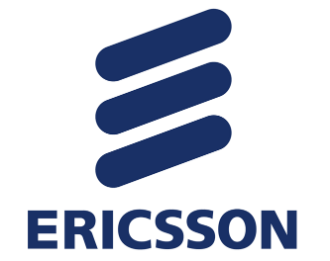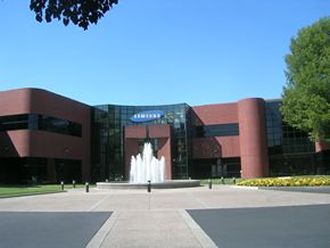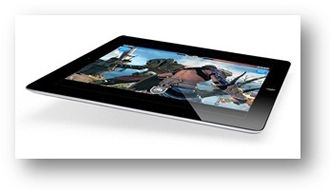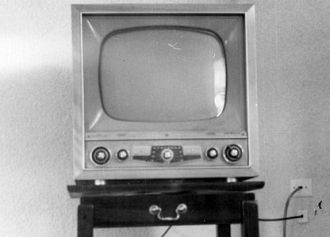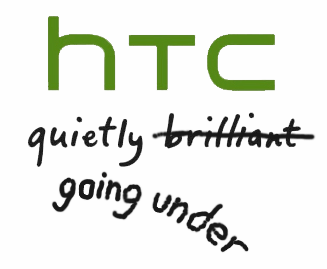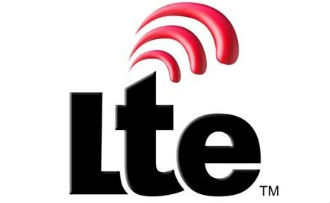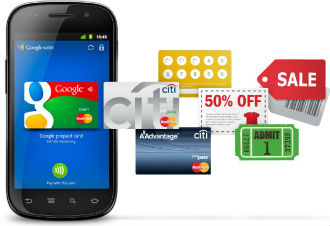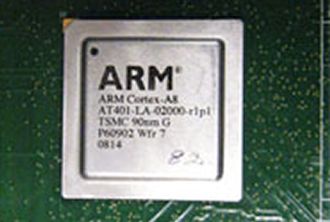 Revenues for the global semiconductor market dropped two percent year on year to $295 billion in 2012, IDC’s latest semiconductor application forecast reports.
Revenues for the global semiconductor market dropped two percent year on year to $295 billion in 2012, IDC’s latest semiconductor application forecast reports.
Consumer spending slumped in the second half of the year which had a significant impact, but this was also combined with a slowing down in industrial and other market segments too. Europe’s economic crisis leaned on the PC market and China, too, was not spending as much as had been hoped. IDC notes the “lackluster” Windows 8 launch did not prove to be the boon for PC sales manufacturers were praying for.
Cheaper Chinese suppliers pressured average selling prices and dragged down overall revenues.
Just 17 companies with revenues of a billion or more, of the 120 that IDC tracks, managed growth of over five percent for 2012. Most saw declining revenues, including the majority in the top ten. Qualcomm, Broadcom, NXP, Nvidia, MediaTek, Apple and Sharp were the few in the 25 largest companies that registered positive growth.
Intel, IDC points out, saw revenues plunge $50 billion for the year, a drop of three percent, attributed mainly to weak PC demand and failing to make significant inroads into the tablet and smartphones market. Samsung saw revenues fall six percent. Texas Instruments , at number four, saw a decline of six percent.
Qualcomm, however, was a winner – ranking third in 2012 and growing revenues 34 percent to reach $13.2 billion. IDC states that this is largely due to Snapdragon and its prevalance in modem technology.
Altogether, the top ten vendors – including Broadcom, Renesas, Hynix, STMicro and Micron, held 52 percent of global semiconductor revenues, seeing a three percent decline compared to the previous year. The top 25 companies overall declined three percent, bringing in revenue of $206 billion.
Semiconductor device types were a mixed bag. Fastest growing were sensors and actuators, but these made up just two percent of overall revenues. ASSPs represented 32 percent of overall revenues and grow four percent thanks to media, graphics, and application processors, as well as RF and mixed signal ASSPs. Optoelectronics made up six percent of the revenues, growing five person on the back of image sensors and LEDs. Microcomponents declined five percent, while memory declined ten percent, holding 17 percent of all industry revenues. Analogue declined by seven percent to account for seven percent of all revenues.
IDC’s semiconductors research manager Michael J Palma said in a statement that the challenge is to “zero in on their key value propositions”.
“Whether that is in modem or connectivity technologies, sensors, mixed-signal processing or power management, there are areas of the market showing strong potential,” Palma said. “However, competing in crowded segments with little differentiation has contributed to the slowdown in semiconductor revenues”.
